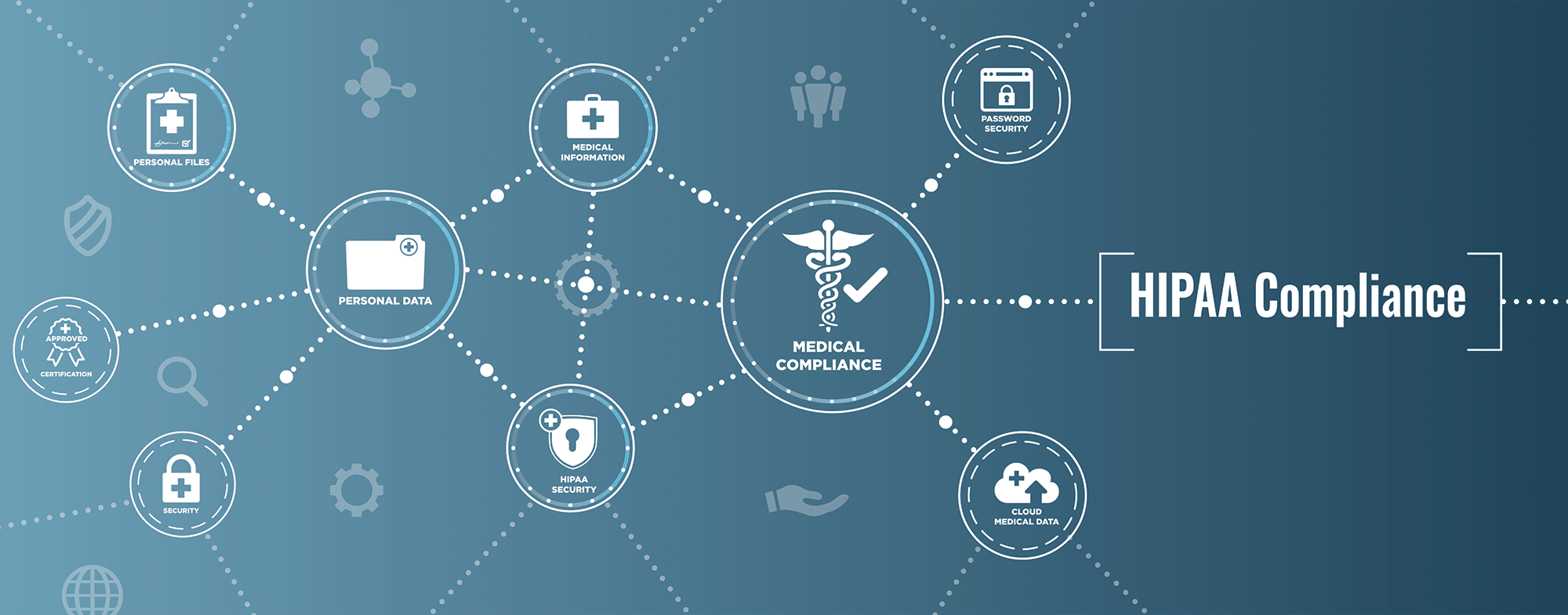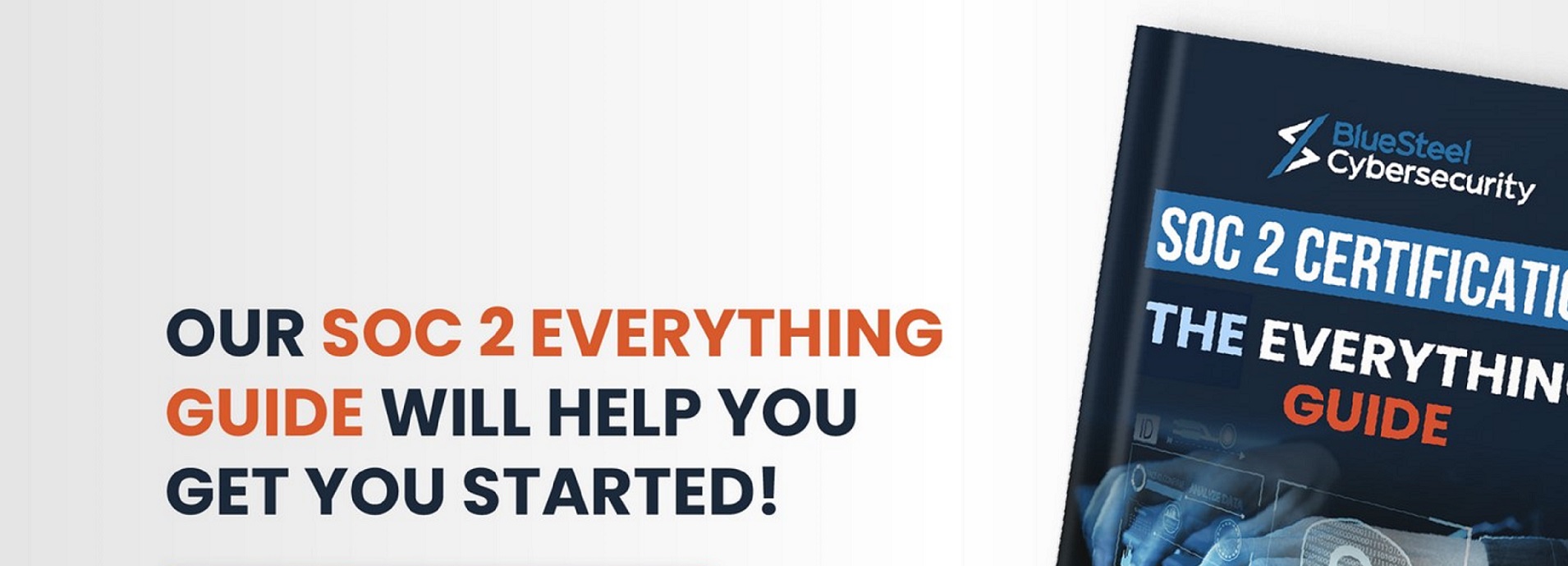Like everything else in business, achieving optimal cybersecurity hygiene requires a level of balance.
Of course, robust measures to prevent viruses and online scam artists from stealing vital information are a must. However, budget and scale play a pivotal factor. Arming a small business with a cybersecurity framework and system fit for a multinational corporation isn’t all that logical. It’ll cost far more than any possible return your investment could offer.
Conversely, focusing too little on developing a cybersecurity framework will leave you open to highly harmful threats.
Depending on your various organizational needs, a size-appropriate, well-balanced cybersecurity hygiene plan must be in place. Let’s examine what most companies need in this space and how to get the most value from your approach:
The Base Level
While not every business functions the same or necessitates a similar cybersecurity level, there is a baseline where companies should begin.
Below are the twelve high-functioning measures that’ll ensure your company is on the way to optimal cybersecurity hygiene:
- Installing a Firewall is the First Line of Defense. A firewall is one of the first lines of defense against cyberthreats. Its security functionalities are as follows:
- Filters network traffic
- Empowers you to selectively block IP addresses
- Authenticates identity for companies using a cloud All of these features are also pivotal in protecting your organization’s back-end database. This will allow you to safely run your websites and apps.
- Browsers Must Be Up to Standards and Adequately Secure. Malicious actors commonly leverage your employees’ browser usage to illegally track your business. Secure browsers don’t save or log employees’ online activities. They also throw a wrench into any third-party site or service provider’s plans to keep tabs on your business. Alternatively, companies using a popular browser (since they run more efficiently) must mandate that employees use ‘safe mode.’
- Don’t Let Your Antivirus Updates Lapse. Stay on the Ball. Every additional company computer gives cybercriminals one more chance to access your business’s information. Failing to remain updated with your antivirus software will create a further gaping hole in your proverbial cyber armor. Ensure that your current antivirus provider is offering peak value by performing the necessary due diligence and market research. If you aren’t vigilant about antivirus updates and the quality of your software, it makes the lives of cybercriminals easy.
- Virtual Private Networks Are a Cybersecurity Standard. A VPN’s encryption features apply to all your company’s internet data transfer. Therefore, you gain more control over your company’s private information. Does your company allow its employees to remotely access resources? If so, then VPNs help maintain the integrity of your teams’ individual network security or cloud databases. VPNs do have some controversy surrounding them. But these tools have proven highly valuable for many businesses aiming to bolster cybersecurity. While the criticisms aren’t unfounded, your VPN’s success rests upon the research you put into your investment decision. Looking over unbiased, objective critiques on related products will shed much necessary light on the issue. Provided your company relies upon cloud access, a VPN is a must to optimize your cybersecurity.
- Embrace the Many Benefits of Proxy Servers. Proxy servers keep your employees’ online activities completely private—but there are more benefits than just that: Namely, your teams’ network traffic can be monitored and filtered through this method. In turn, you’ll have peace of mind in knowing that all your workers are adhering to your cybersecurity policies.
- Education is Everything. Protect your team from phishing attacks, and they’ll avoid one potential cybercrime. Teach them how to identify and respond to phishing scams, and they’ll carry that knowledge for the rest of their careers. Merely putting the security tools in place and leaving everything up to chance isn’t enough to keep your organization safe from cyberthreats. Instead, employees require thorough and regularly updated/refresher training on these issues. Adhering to these measures will help your team identify threats, follow behaviors that avoid cybercrimes, and report any issues that do arise.
- Join the AI Revolution Artificial Intelligence is being used to bolster organizations (and people’s general lifestyles) in increasingly more impressive ways. However, it’s something of a double-edged sword. The same way AI is bettering the world, it’s giving cybercriminals a handy tool to streamline the scamming process. It’s necessary to fight fire with fire by subscribing to an AI-enabled security solution. A standout example of how these tools can help is automating the flagging and blocking processes of suspected connection attempts.
- Living on the Cloud. Transferring resources to a secured cloud platform removes much of the anxiety often involved with in-house servers or databases. Cloud providers offer robust security systems that are generally equipped with the most sophisticated, innovative solutions. This is a result of such platforms being commercial.
- Honing into IoT Infrastructures. The Internet of Things (IoT) is being utilized all over the business world. With its vast benefits come heightened security risks. Ensure that each device incorporating IoT is secured and possesses high-level encryptions.
- Make Your Network Exclusive to Specific Users. Don’t let people have unlimited access to anything involving your IoT connections or other resources. It’s an unnecessary risk that could have dire consequences. Instead, establish and implement separate Wi-Fi networks for guests and data, respectively.
- Start Implementing Two-Factor Authentication. Provided your employees/end-users must own accounts to use your company’s solutions, two-factor authentication (2FA) becomes vital. It provides an additional security layer that makes uniquely sensitive data available only to the relevant/appropriate employees.
- Incorporate a Password Manager. The act of storing passwords of affiliated accounts increases in difficulty as your organization continues to scale upward. Sidestepping this limitation necessitates the use of password managers. Such tools would provide peace of mind because it ensures this vital information is far from any nefarious eyes.
Follow the Above Guidelines, And You’ve Taken Your Pivotal First Step Toward Optimized Cybersecurity Hygiene.
The above tips apply to almost all businesses, no matter their size. However, depending on your organization’s overall scope and reach, you might need to take it a few steps further. Consult with cybersecurity experts to create a more bespoke plan that’s catered to your company’s needs.
BlueSteel Cybersecurity can provide you with clarity to your organization’s security level. Reach out today to learn more about our Security Assessment Service.






